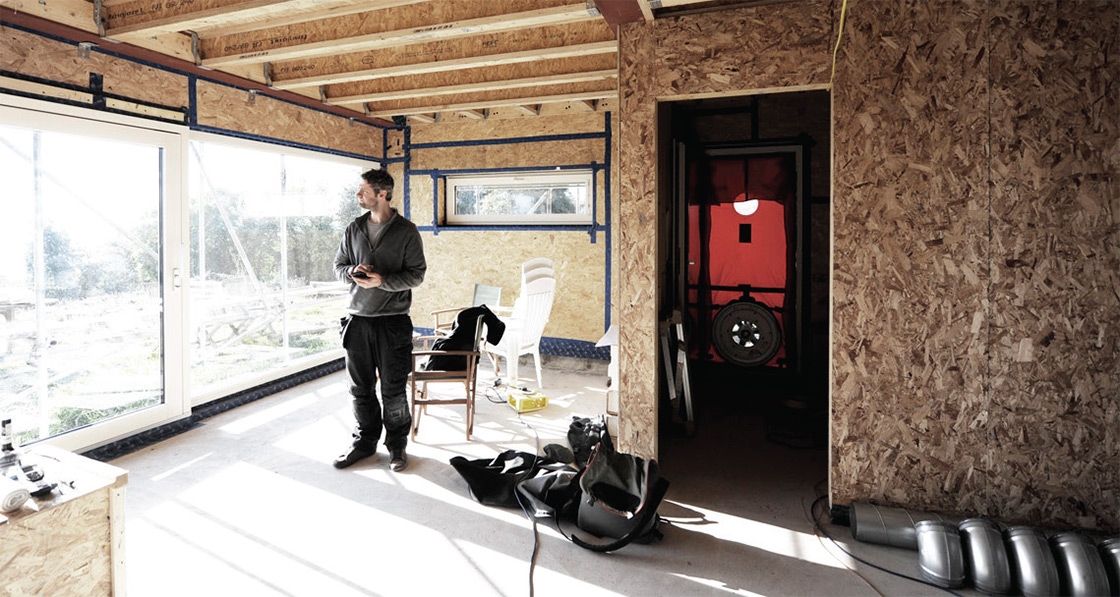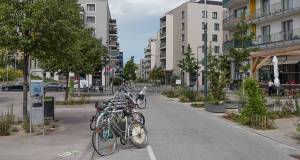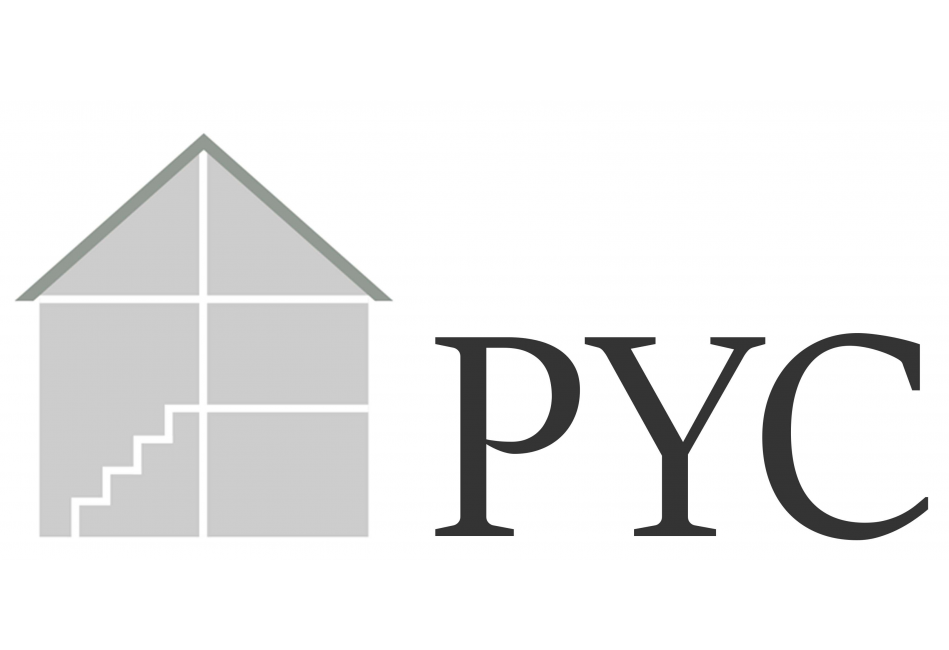
- Product News
- Posted
Cellulose insulation improves airtightness by 30% — PYC Systems
In October 2015, PYC Systems carried out the first of several air tests at the Hilltop project in Richard’s Castle on the Hertfordshire— Shropshire border, Architype’s first small scale residential passive house project. The first blower door test result was 0.59 air changes per hour (ACH), prior to insulating the envelope, which everyone was keen to improve on as it only marginally passed the passive house standard and was prior to fitting services, which are known to increase the risk of air leaks.
Warmcel cellulose fibre insulation was then installed to a depth of 300mm in the walls (from the outside) and 400mm in the ceilings, injected from the inside of the property. Following the Warmcel installation a second blower door test was completed and a result of 0.41 was achieved, an improvement of 30%.
“Having hard evidence to confirm previous understanding that Warmcel can give heightened levels of airtightness is great news, really helping to secure the best results that are needed for passive house,” said Rich Hibbert of PYC. Juraj Mikurcik of Architype was there for the blower door tests, and tweeted from his @JurajMikurcik handle: “Installing Warmcel makes a difference. Original BDT 0.59, today’s re-test 0.41 ach. Pleased with the 30% improvement.”
PYC Systems also pointed to European research which found that fitting cellulose insulation improves airtightness (see tinyurl.com/gpybz9j). PYC Systems has carried out several pre and post cellulose fibre insulation installation tests, and the results have been consistent – cellulose fibre insulation will improve airtightness in the building fabric. PYC said the complete full fill and high density application (up to 60kg/m3) within the timber frame means that not only will the insulation perform to a high level by cutting out convection looping, it will reduce any potential for air flow through the fabric on average by 30%.








